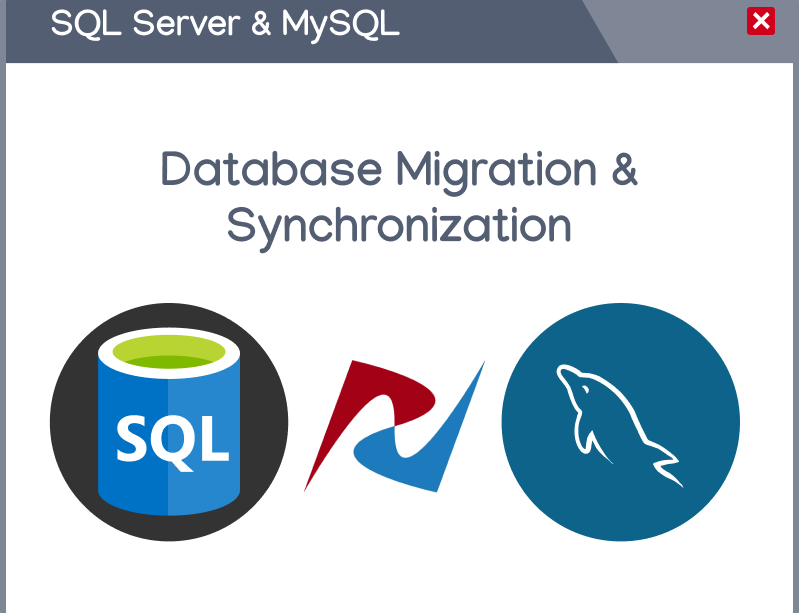Approaches and Tools for MS SQL to MySQL Migration

Organizations are increasingly opting to migrate from Microsoft SQL Server to MySQL due to its open-source nature, lower total cost of ownership, and cross-platform capabilities. There are various approaches to migrating databases, including manual mode, semi-automated solutions using free tools like Microsoft Data Transformation Services or MySQL Workbench Migration Wizard, and fully automated migration using appropriate commercial tools. Regardless of the approach chosen, it is crucial to be aware of potential bottlenecks and validate the results.
During the migration process, table structures (DDL) and data migration require special attention. Some SQL Server or Azure SQL types need to be converted as they do not have a direct equivalent in MySQL, including datetimeoffset, hierarchyid, money, small money, uniqueidentifier, and xml. MySQL has similar data types having different names and the relateddata may require some preprocessing during the migration.
Manual Database Migration
Manual migration from MS SQL to MySQL involves several methods, including using Microsoft Data Transformation Services or Integration Services, or a combination of SQL Server bulk copy program and MySQL LOAD DATA INFILE. However, these methods require expertise in database administration and cannot be used for other types of database entries.
While schemas, indexes, constraints, and foreign keys can be extracted as create statements, they need to be converted into MySQL format before loading them into the destination database. Converting views only requires translating particular operators and embedded functions into MySQL equivalents, as the syntax of CREATE VIEW statements used in SQL Server or Azure SQL is similar to MySQL, MariaDB, and Percona.
Migrating stored procedures, functions, and triggers is the most complex part of SQL Server to MySQL database migration, as it requires in-depth knowledge of the SQL language of both DBMS. This process needs to be carried out with care and attention to detail to ensure that the code is correctly translated and functions as expected in the new environment.
MS SQL to MySQL Migration Tools
Although it is not feasible to fully automate the migration of all database entries, including views, stored procedures, functions, and triggers from MS SQL or Azure to MySQL and its forks, there are software tools available that can partially perform the task. One such tool is Intelligent Converters’ MS SQL to MySQL converter, which can migrate schemas, data, indexes, constraints, and views, making it suitable for even the most extensive and intricate MS SQL databases. The converter can efficiently transform data and convert object definitions while also merging or synchronizing data between an existing database and a new MySQL database. Additionally, the MS SQL to MySQL converter offers command-line support, enabling users to script and schedule the database migration.
The product features an intuitive wizard-style user interface that guides users through the entire migration process step-by-step.

Select one of two options: to migrate directly to MySQL server or to export into local SQL script file. The second option is designed for those cases when MySQL server does not allow remote connections.

Enterconnection details for Microsoft SQL Server or Azure SQL: host name or IP address of the server, user name and password (for SQL Server authentication only).

If you choose to migrate directly to a MySQL server, you will need to provide all the essential MySQL connection settings, including the host name or IP address (if it is a remote server) or select ‘local’, the user name, and password. The port is only necessary if it varies from the default 3306.

If you choose to migrate the source database into a local MySQL script, it is time to specify the formatting settings of the target script.

To proceed, you need to enter the names of the MS SQL and MySQL databases and specify a log file for logging purposes (or leave it empty to disable logging). You can expand the drop-down menu to view all the available MS SQL databases, but it is necessary to have the appropriate permissions to do so.

Specify MySQL code page and type of storage engine (MyISAM, InnoDB, etc), migrate table structures only and others.

After selecting MS SQL tables and views to migrate, thedatabase migration will be startedwith progress indication on the ‘Step 7 of 7’ wizard screen.











